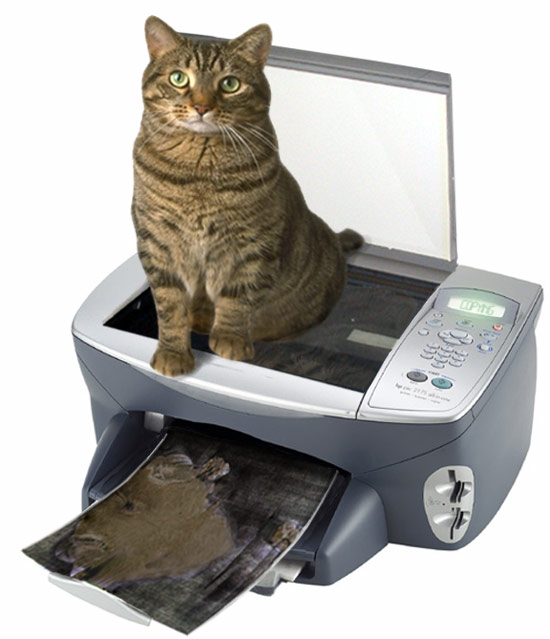Batesian Copycats and Mullerian Mimics
Biology 342 Fall 08
Marisa Mirviss and Molly Radany
Stop Copying Me! Stop Copying Me!
An Exploration of Visual Forms of Batesian and Mullerian Mimicry
What is mimicry? According to dictionary.com, it is the close external resemblance of an organism, the mimic, to some different organism, the model, such that the mimic benefits from the mistaken identity, as seeming to be unpalatable or harmful. This is only half the story! The above definition only begins to explain (and barely, at that) one kind of mimicry, but it is a good start. In these pages we will investigate a variety of visual examples of Batesian and Mullerian mimicry in light of Niko Tinbergen's "Four Questions": phylogeny, mechanism, adaptive value, and ontogeny.
Let's start with some terms we should all be familar with:
mimic: the organism that resembles another organism in a way that proves to be adaptively beneficial to the mimic. In Batesian mimicry, the mimic incurs a benefit at the cost of the model (see adaptive value). In Mullerian mimicry, the mimic is always the organism, and the model is the common signal among the mimic species that honestly indicates inedibility.
model: the organism that displays characteristics that, when imitated, are beneficial to the mimic.
Batesian mimicry: the mimic imitates some characteristic of the model that is a signal of unpalatability or dangerousness; this mimicry sends is a dishonest signal to predators or competitors because the mimic is not itself unpalatable of dangerous.
Mullerian mimicry: two or more species display the same warning signs to indicate to predators or competitors that they are unpalatable or dangerous; there is often no clear mimic or model in this situation because there is a selective pressure on both organisms to communicate the harm they can do to predators.
Click here for some interesting articles on the ways that mimicry is being researched today.

Copy cat!
(http://www.kyle-brady.com/wp-content/uploads/2008/06/copycat.jpg)